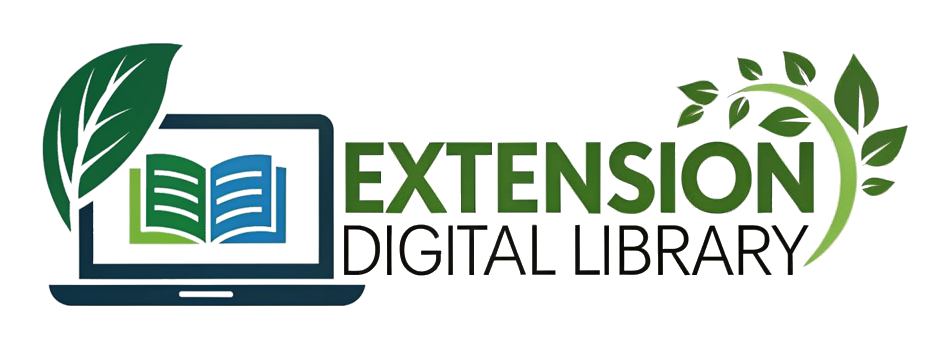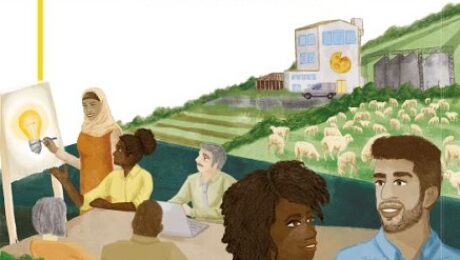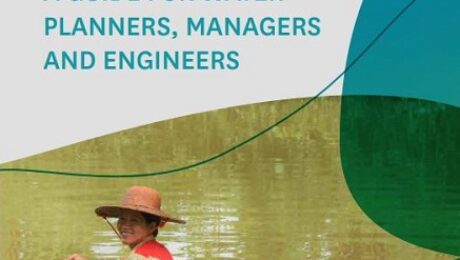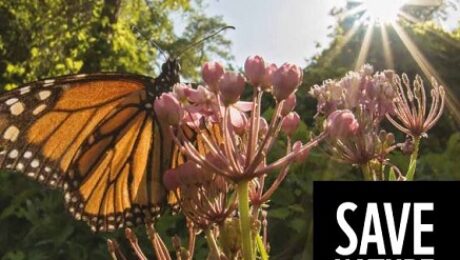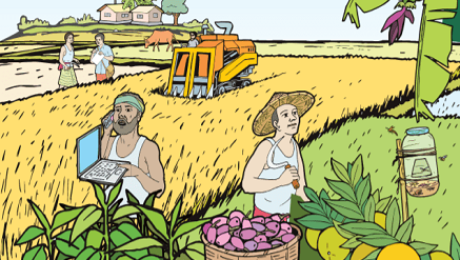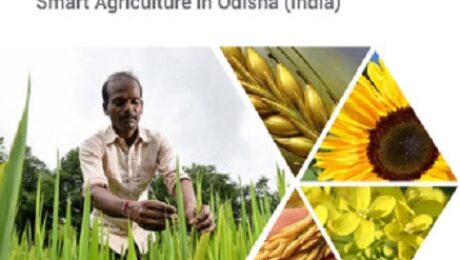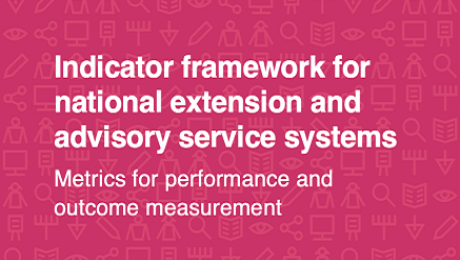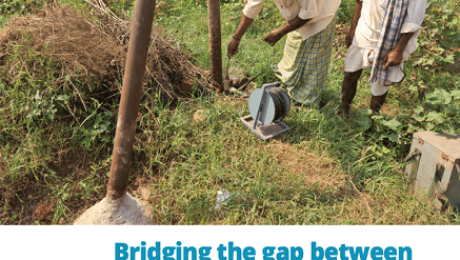Catalysing young agri-entrepreneurs’ investments and ensuring their sustainability – Strategic planning tool
The achievement of the first two Sustainable Development Goals (SDGs) – end poverty and hunger by 2030 – requires substantial investments. To fully contribute to sustainable development, both public and private investments should be perfectly aligned with the SDGs. In this context, empowering youth to invest in their own farms and businesses along agricultural value chains should be a key component of sustainable development-centered investment promotion and mobilization strategy for three reasons: the improvement of food security; the promotion of the added value of food products; and the improvement of employment and economic well-being.
This strategic planning tool can help propel investments by young agri-entrepreneurs at national or regional levels, and help ensure their sustainability. It analyses the current environment and overall conditions young investors face while offering practical solutions to overcome the main challenges identified. The strategic planning tool also helps ensure that decision-makers take ownership of the results through a participatory and inclusive process.
- Published in GUIDE/TOOLS/MANUALS
Increasing the benefits and sustainability of irrigation through the integration of fisheries
This guide is a contribution to two CGIAR Research Programs: Fish Agri-Food Systems (FISH) (led by WorldFish) and Water, Land and Ecosystems (WLE) (led by IWMI), both of which are supported by funders contributing to the CGIAR Trust Fund.
This guide focuses on how to sustainably optimize and broaden the range of benefits from irrigation development – not only economic but also social and environmental benefits. It emphasizes the opportunities that fisheries could provide to increase food production and economic returns, enhance livelihoods and public health outcomes, and maintain key ecosystem services. The guide considers possible trade-offs between irrigation and fisheries, and provides recommendations on how these can be minimized.
- Published in GUIDE/TOOLS/MANUALS
Save Nature Please- A Behaviour Change Framework for Conservation
Bridging the disconnect between rational, fact-based decision-making and emotional or instinctive behaviour, behavioural science is helping civil society organizations, communities, governments, and corporations design strategies and approaches that unlock positive behaviour change, and encourage us to make choices for a carbon-neutral and nature-positive future.
Save Nature Please
To make the fundamentals of behavioural science as accessible as possible for organisations, teams and individuals seeking to drive positive change, WWF has produced a new practical framework, ‘SAVE NATURE PLEASE’, designed to support more effective interventions – from global communications and campaigns to citizen and community engagement.
In its essence, the framework proposes a three-step process – each comprising a flexible menu of subsidiary components – for applying behavioural science to the development, delivery, evaluation, and scaling of behaviour change.
- Published in GUIDE/TOOLS/MANUALS
Agricultural Extension Manual
Department of Agricultural Extension, Ministry of Agriculture
Government of the People’s Republic of Bangladesh
Agriculture has always been the main driving force behind Bengal’s heritage and socio-economic development. The energy from food, of life itself, of labour and intellect shares strong links and a single source of origin agriculture. More than 45% of the country’s labour force is involved with the agriculture sector. Therefore, the development of the country is dependent on the overall development of agriculture.
- Published in GUIDE/TOOLS/MANUALS
Conducting Tablet-Based Field Data Collection with Survey Solutions
This handbook has been developed to complement the MOOC on Survey Solutions. It is suitable for anyone who has experience in conducting traditional face-to-face interviews and wishes to learn the workflows and skills needed to conduct a CAPI project. The handbook’s instructions are tailored toward people with beginner or intermediate experience in Survey Solutions, particularly if they are looking to reinforce existing knowledge or learn additional functionalities. handbook is designed to help national statistical officers and other interested readers embrace the efficiencies of CAPI-based data collection to supersede the traditional pen and paper interviewing method. We hope that it contributes to the adoption of other innovative tools and technologies that further strengthen national statistical systems.
- Published in GUIDE/TOOLS/MANUALS
The GSMA AgriTech Toolkit for the Digitisation of Agricultural Value Chains
The Toolkit for the Digitisation of Agricultural Value Chains is a collection of resources that illustrate how digital technologies can address pain points for farmers and value chain actors, such as agribusinesses and cooperatives, in the agricultural last mile. These resources support the use of digital technologies for digital procurement, by enabling the transition from paper to digital for a range of systems and processes in the last mile. The toolkit explains how digitising the last mile offers a pathway to financial inclusion for farmers.
The toolkit has been designed to be read either as a complete document from start to finish, or as individual chapters if one is working through a particular challenge. Although each chapter may be more relevant to specific audiences, readers would benefit from reading the report in its entirety.
- Published in GUIDE/TOOLS/MANUALS
Asia and the Pacific SDG Progress Report 2020
Striking lack of progress on environmental SDGs in Asia-Pacific, reveals new UN report, There is overwhelming evidence that the Asia-Pacific region needs to accelerate action on the Sustainable Development Goals (SDGs) and substantially reverse current negative trends, especially those which are depleting and degrading its environmental resources, according to a new report released today by the United Nations Economic and Social Commission for Asia and the Pacific (ESCAP).
The Asia and the Pacific SDG Progress Report 2020 draws attention to the region’s poor performance on most of the measurable environmental targets of the 2030 Agenda for Sustainable Development. For example, the share of renewable energy has dropped to 16 per cent, one of the lowest rates globally. The region also emits half of the world’s total greenhouse gas – a number which has doubled since 2000. 35 per cent of countries continue to lose their forests.
- Published in GUIDE/TOOLS/MANUALS
A compendium of Technologies, Practices, Services and Policies for Scaling Climate Smart Agriculture in Odisha (India)
Stakeholders engaged in agricultural research for development (AR4D) are increasingly tackling risks associated with climate change in smallholder systems. Accordingly, development and scaling of climate-smart agriculture (CSA) are one of the priorities for all the organizations, departments and ministries associated with the farm sector. Having a ‘one-stop-shop’ compiled in the format of a compendium for CSA technologies, practices and services would therefore serve a guide for all the stakeholders for scaling CSA in smallholder systems.
- Published in GUIDE/TOOLS/MANUALS
Indicator Framework for National Extension and Advisory Service Systems Metrics for performance and outcome measurement FAO (2022)
Extension and advisory services (EAS) play a key role in facilitating innovation for sustainable agricultural development. To strengthen this role, appropriate investment and conducive policies are needed in EAS, guided by evidence. It is therefore essential to examine EAS characteristics and performance in the context of modern, pluralistic and increasingly digital EAS systems. In response to this need, the Food and Agriculture Organization of the United Nations (FAO) has developed guidelines and instruments for the systematic assessment of national EAS systems. The Indicator Framework provides overarching guidance on EAS systems assessment, including a list of 40 indicators (10 core and 30 complementary) which cover all major aspects of EAS from inputs to impact. This Indicator Framework provides much needed structure to EAS assessment, taking into account contemporary, pluralistic services and is complemented by FAO’s instruments for participatory data collection in EAS, including quantitative and qualitative data.
Cite this content as:
Sulaiman V, R., Chuluunbaatar, D., Djamen, P., Grovermann, C. and Holley, A. 2022.
Indicator framework for national extension and advisory service systems – Metrics for performance and outcome measurement. Rome, FAO.
- Published in EXTENSION AND INNOVATION
Bridging the Gap Between Nutrition and Agriculture in Telangana State, India an Assessment of Capacity Within Agricultural Extension and Advisory Services – FAO and GFRAS (2022)
Equipping agricultural extension and advisory services with nutrition knowledge, competencies and skills is essential to promote nutrition-sensitive agriculture. This report presents the results of an assessment of capacity within agricultural extension and advisory services, undertaken in Telangana State, India, with the global capacity needs assessment (GCNA) methodology developed by FAO and GFRAS. The methodology is available online at https://doi.org/10.4060/cb2069en
- Published in EXTENSION AND INNOVATION
